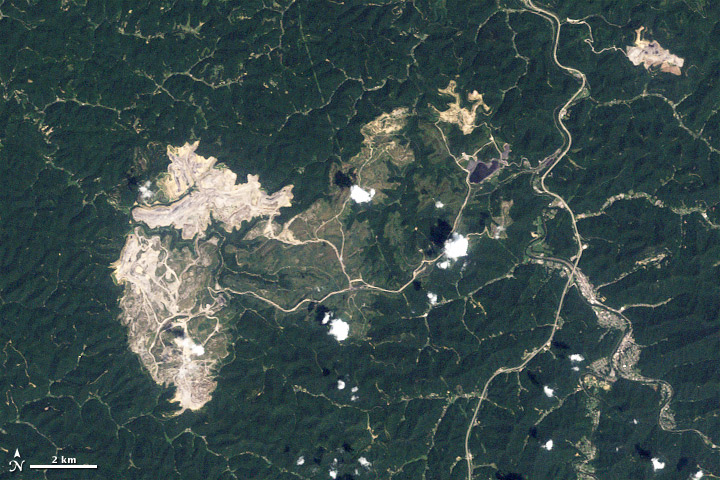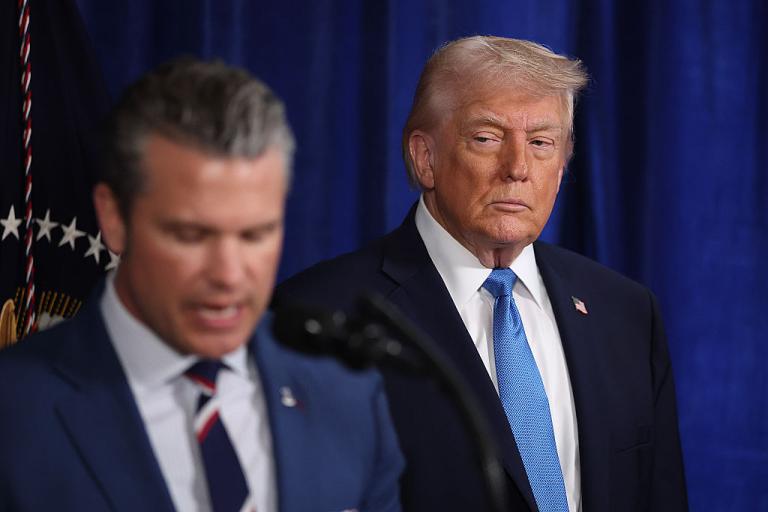Here’s an absolutely stunning look at the impact of mountaintop-removal mining on a section of southern West Virginia:
Decades of mountaintop-removal mining may have harmed aquatic life along more than 1,700 miles of streams in southern West Virginia, according to new research. Mining companies have converted 5% of the region to mountaintop mines. The resulting water pollution has caused so many sensitive species to vanish that 22% of streams may qualify as impaired under state criteria, the researchers report. …
Using satellite images taken by NASA between 1976 and 2005, [lead author Emily] Bernhardt and her coauthors created maps of mountaintop mining in a 12,000-square-mile region of southern West Virginia. They found that companies had converted 5% of the land to mines during this period. …
Bernhardt’s group found that salinity and mineral levels in the region’s streams increased with the total area of mountaintop mines. The researchers also found that as the number of mines increased, fewer sensitive insect species were detectable downstream.

Satellite view of the region. The light-colored area is actively being mined. (Photo by NASA.)
What’s being mined, of course, is coal: coal that often ends up being shipped overseas, contributing to growing carbon pollution in Asia. The scale of the findings is astonishing: 600 square miles of mountaintop-removal contaminating as much as 1,700 miles of freshwater streams. Not much else to say.




